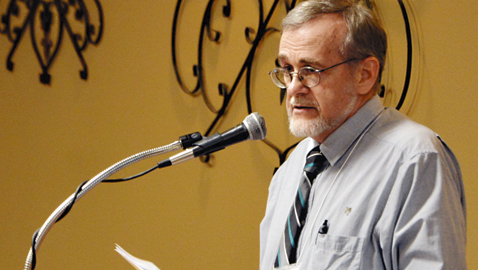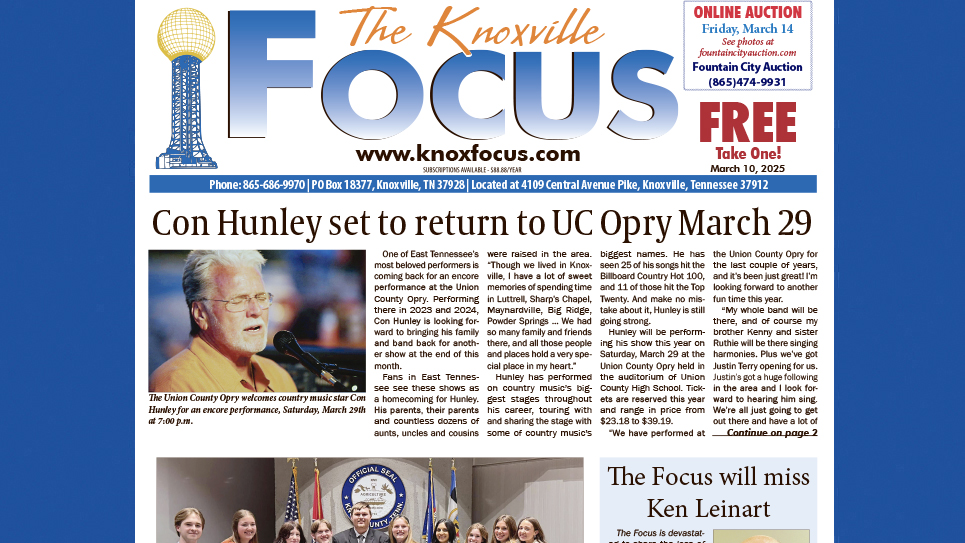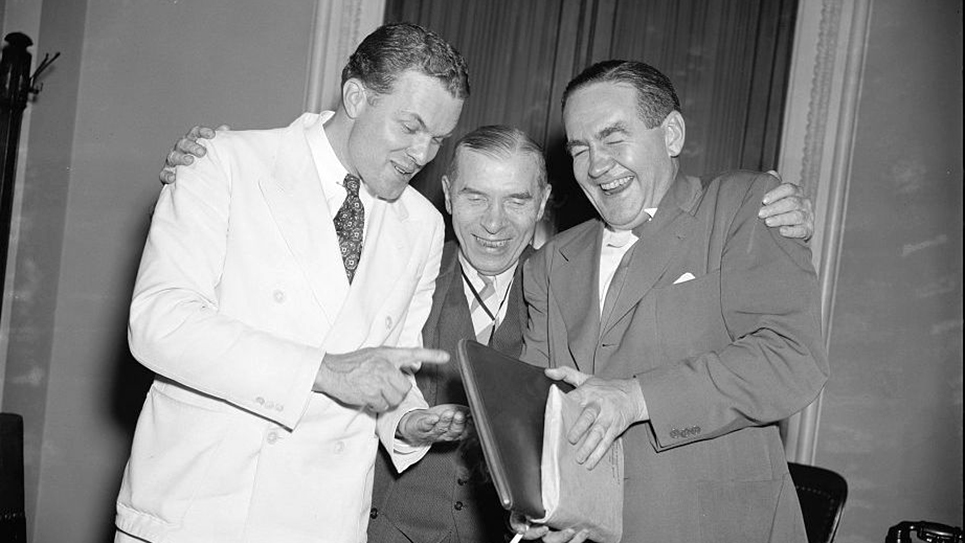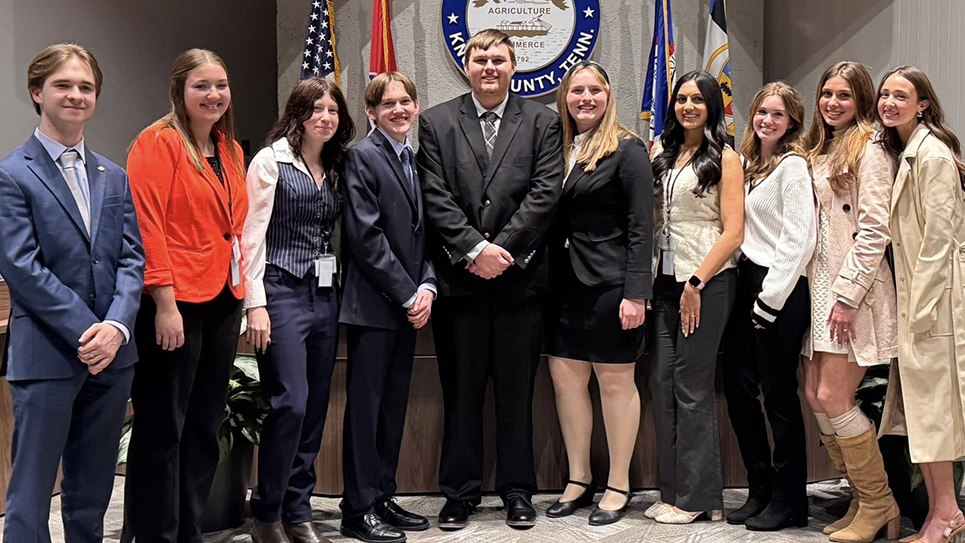By Dan Andrews
andrewsd@knoxfocus.com
The monthly meeting takes place at the Bearden Banquet Hall. However, the learning experience rivals the best lecture halls in all of academia. The Knoxville Civil War Roundtable Organization consists of members passionate about all aspects of history involving the Civil War. With over a 100 members attending monthly, this organization is highly regarded as one of the most prestigious and welcoming civil war history organizations in the nation. The KCWR members welcome any person showing interest.
As I walked in the room, I noticed each chair had a packet of information about the guest speaker’s topic for the night. The meeting started with dinner at 7 p.m. followed by the lecture at 8. The diverse crowd included people from all walks of life from high school students to passionate history buffs who have long been retired and enjoy the intellectual conversations and camaraderie with fellow members.
The speaker for the September meeting was Dr. Earl J. Hess, Ph.D. from Lincoln Memorial University. Dr. Hess is a highly respected and recognized leader in the field of Civil War history. According to his bio on civilwar.org, he has published nearly twenty books and more than 120 journal articles and academic reviews.
When I spoke with the former president and founder of the organization, Norman Shaw, he beamed with pride about the quality of guest speakers the organization attracts. The KCWR flies in world-renowned experts from all over the country. They provide guest lecture experts transportation, food, and lodging. The organization is so well respected in the Civil War community that many guest speakers consider it an honor to speak.
At the meeting I attended, Dr. Earl Hess gave a very informative talk about the Battle of the Crater at Petersburg, Virginia. The battle was a unique event where a Union regiment comprised of coal miners from Pennsylvania dug a long tunnel about 200 yards long from the Union lines to beneath the Confederate fortifications defending Petersburg. After one month of digging, about 8,000 pounds of black powder were packed at the end of the tunnel and exploded during the early hours of July 30, 1864, creating a huge crater. About 16,000 Federals exploited this opening and launched an attack. Due to the bungled preparations by Corps commander General Ambrose Burnside and the poor execution by the lead division commander, the attack was a miserable failure.
The monthly meetings of the Roundtable are held on the second Tuesday night of each month at the Bearden Banquet Hall, 5809 Kingston Pike. For more information please visit http://www.rootsweb.ancestry.com/~tnkcwr/KCWRT/Welcome.html.







